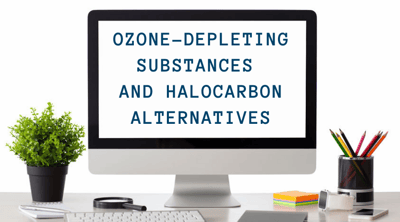- Home
- About
- Services
- Tools & Resources
- Client Info
- Request Info
- Carrier Tools
- Contact Us
- Get a Quote
- Français
The Single Window Initiative means several changes for importers:

Our goal is to help you understand what is expected for the new “how, when, and what” of SWI requirements relating to the items you ship. These updates guide importers through specific commodities or categories of commodities, and the Participating Government Agencies (PGAs) that are affected.
Under the new SWI, it’s important that you understand which Participating Government Agencies (PGAs) are regulating your products. Some products are regulated by multiple PGAs, and the PGAs regulating your products may have changed under SWI. Additionally, each PGA and the CBSA can issue penalties for incorrect and missing documents. Understanding what information and documentation is needed for clearance will make the clearance process into Canada smoother and more efficient.
Ozone-depleting substances, ozone-depleting products and HFCs can be identified through their Chemical Abstracts Service (CAS) registry number. The CAS number must be provided when available.

One or more of the applicable document types must be provided.
The Product name of the commodity must be provided.
For commodities containing an ozone-depleting substance or HFC that is regulated by Environment and Climate Change Canada, the actual amount of the substance contained within this commodity line must be provided using the same unit of measure as the authorized LPCO quantity.
This amount must be provided using one of the following units of measure:
For SWI, being proactive is your best strategy—gather all your information and documentation as far in advance as possible. Importers who know the requirements for the products they’re importing, and understand the new processes under SWI, will have a much smoother import experience.
As you adjust to the new requirements and workflow of the Single Window Initiative, we're here to help. Our customs team is ready to help you understand the SWI and its new requirements for your commodities—contact us today!
SWI. It's what we do
